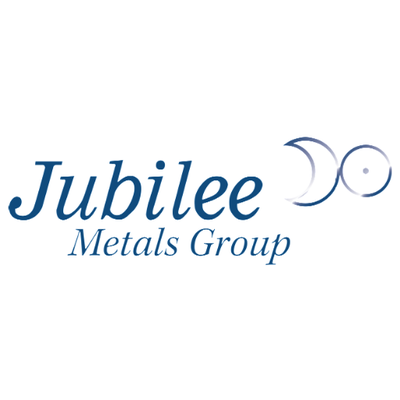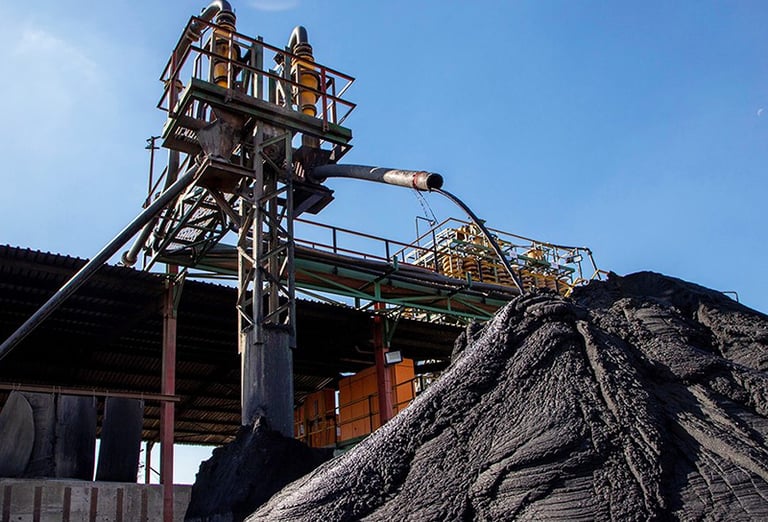Copper is drawing renewed attention not for any single dramatic shift but due to the quiet confluence of pressures that now appear to be tightening its global availability. Beneath the surface, familiar signals, warehouse drawdowns, pricing spreads, and shifting currency dynamics, are beginning to align in ways that could reward close scrutiny
In recent trading, copper nudged upward in London to approach levels last seen in mid-June. This move, however modest, masks deeper tensions. Stocks of the metal in exchange-monitored warehouses have dropped sharply since February, falling over 60% to reach their lowest point in nearly a year. These aren’t just numbers, they suggest a real squeeze in physical supply, one that’s forcing refiners and traders to pay a premium for immediate access to the metal.
This pressure is most evident in the cash-to-three-month spread on the London Metal Exchange. That premium, recently at its highest since late 2021, points to strong demand for prompt delivery, and a willingness by buyers to pay up to secure it. In market terms, this kind of backwardation often signals genuine supply stress, not just speculative churn.
The underlying drivers are multi-layered. One of the more subtle shifts has come from the currency markets. A softer US dollar has made commodities more attractive globally, while a firming yuan has increased China’s purchasing power for imported materials. That interplay has had a knock-on effect across base metals, but copper, with its dual role as an industrial staple and financial proxy, is particularly sensitive.
Another force reshaping flows is the arbitrage between exchanges. COMEX copper prices in New York have recently offered more attractive returns than LME equivalents, prompting physical metal to be redirected across the Atlantic. Traders appear to be exploiting this spread, which has the effect of pulling copper out of already-thin European inventories and tightening availability even further.
Meanwhile, macro headlines around geopolitical tensions and energy pricing have receded slightly from immediate concern. Recent diplomatic signals have calmed fears of conflict escalation in the Middle East, helping to ease oil prices and, by extension, tempering aluminium and nickel markets. Yet while these shifts may offer short-term relief to broader inflation pressures, they do little to resolve the longer-term supply issues evident in copper.
This divergence, between geopolitical noise and structural supply dynamics, is what makes the current copper setup so compelling for investors. The drawdown in stocks is not being driven by crisis or panic, but by steady, persistent offtake that continues to outpace replenishment. That subtle imbalance is often the most enduring.
For investors, the signals suggest copper may be moving into a new phase, one where the story is less about volatile swings and more about sustained pressure on availability. Such conditions can lead to longer-duration price strength, especially if infrastructure and green energy demand continues to underpin end-user consumption.
Other base metals are showing sympathetic movements. Zinc and lead have climbed to multi-month highs, tin is holding firm, and nickel has ticked higher. Each of these carries its own fundamentals, but the common thread is tightening LME inventories and a growing share of cancelled warrants, a sign that traders are earmarking stock for delivery.
The narrative forming is not one of short-term speculation but of strategic positioning. As global supply chains adjust and the arbitrage between regions persists, those with access to physical metal, and the ability to move it flexibly, are finding themselves in increasingly advantaged positions.
Jubilee Metals Group plc (LON:JLP) is a diversified metal recovery business with a world-class portfolio of projects in South Africa and Zambia. The Company’s expanding multi-project portfolio across South Africa and Zambia provides exposure to a broad commodity basket including Platinum Group Metals, chrome, lead, zinc, vanadium, copper and cobalt.





































